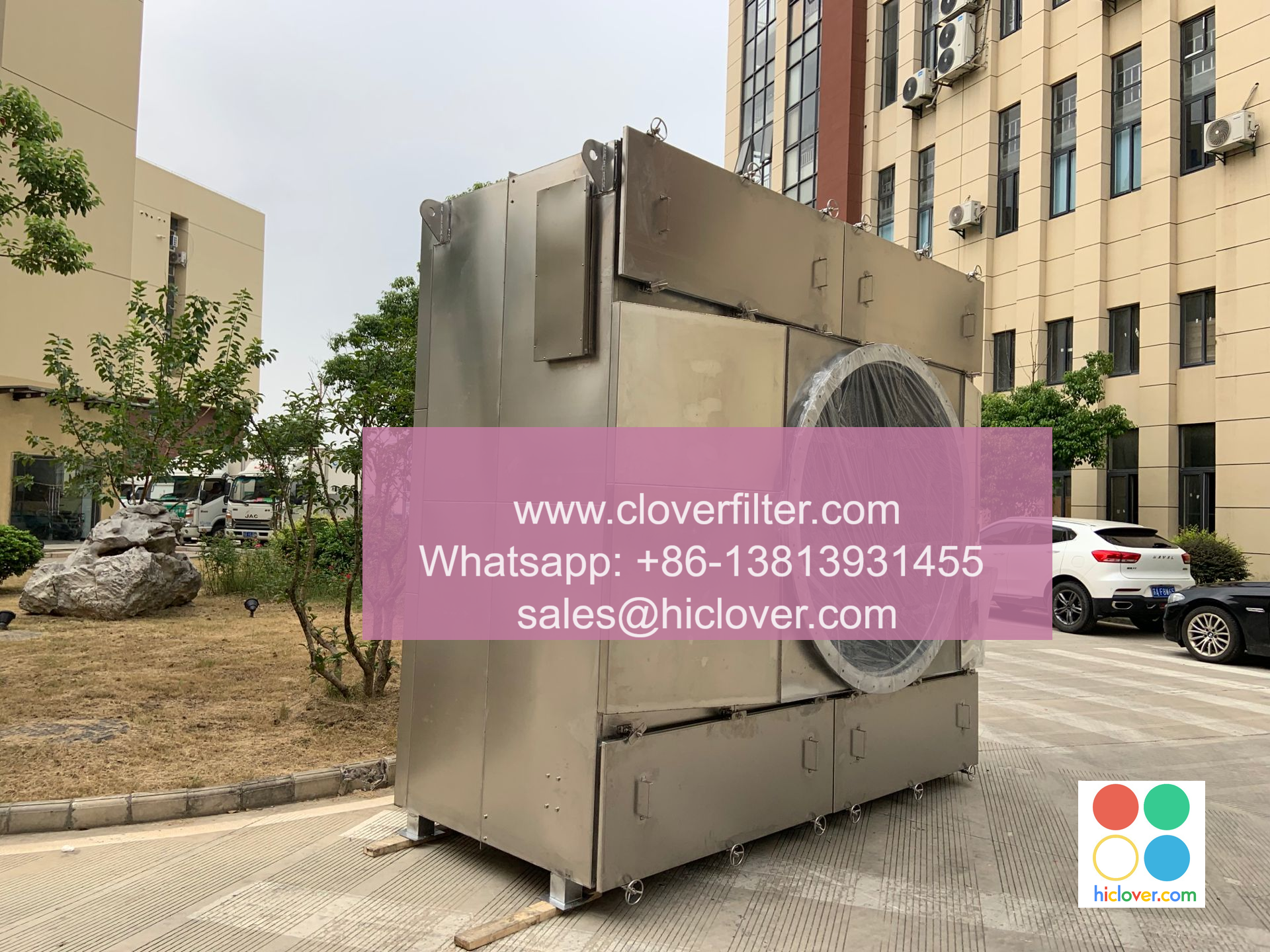The Basics of Air Filter Terms: A Beginner’s Guide

As an air quality enthusiast, you might have come across various terms related to air filters, but struggled to decipher their meanings. In this article, we will break down the essential terms, highlight key application areas, and provide a comprehensive guide for beginners.
Air Filter Basics
Particle Size Rating (PSR)
- Measured in microns (μm), it indicates the maximum size of particles that can pass through the filter.
- Typically ranges from 10 to 0.1 μm, with a higher number indicating a smaller particle size.
- Common PSR ranges include:
- Pre-filters: 20-50 μm
- Standard air filters: 5-20 μm
- HEPA filters: 0.3-10 μm
- Ultra-HEPA filters: 0.1-0.3 μm
Filter Efficiency
MERV (Minimum Efficiency Reporting Value)
- A standard for gauging filter efficiency, measuring the percentage of 0.3-10 μm particles captured.
- MERV ratings range from 1-16, with higher numbers indicating better filtration.
- Common MERV levels include:
- Low: MERV 1-4 (30-40% efficient)
- Medium: MERV 5-8 (40-60% efficient)
- High: MERV 9-12 (60-95% efficient)
- Super-high: MERV 13-16 (95-99.97% efficient)
- Combines with other materials to trap gases, odors, and chemicals.
- Effective for removing: Volatile Organic Compounds (VOCs), smoke, and pet odors.
- A common, economical material for basic air filters.
- Suitable for general room air cleaning, but not ideal for heavily polluted areas.
- Designed for better dust capture, these filters use synthetic materials instead of fiberglass.
- Better suited for those with allergies or asthma.
- Whole-house air systems
- Room air purifiers
- HVAC (Heating, Ventilation, and Air Conditioning) systems
- Industrial ventilation systems
- Industrial air compressors
- Server rooms
- HEPA filters in vehicles
- Aircraft cabin air purification systems
Filter Materials
Activated Carbon
Fiberglass
Fibre-glass-free (FF) and Synthetic Media
<h2Applications of Air Filter Terms
Residential Use
Commercial and Industrial Applications
Automotive and Aviation
Conclusion
Understanding the basics of air filter terms is crucial for making informed decisions about your air quality needs. By familiarizing yourself with particle size ratings, filter efficiency, and filter materials, you’ll be better equipped to choose the right air filter for your specific situation. Whether you’re shopping for a home air purifier or looking to improve a commercial space, this beginner’s guide will provide a solid foundation for your air filter journey. Remember, a well-maintained air filter can significantly impact indoor air quality, so take the first step towards a healthier, fresher environment with this comprehensive guide.
I’m happy to help! What would you like to talk about or ask?

